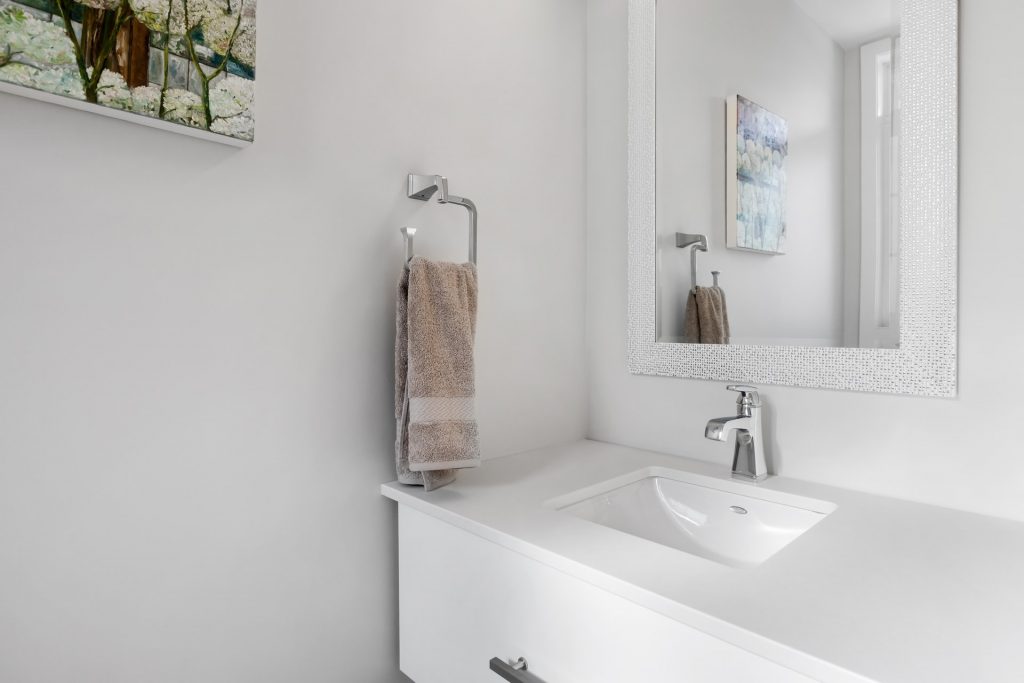
If your sink drain is dripping into the cabinet below, you need to act quickly. Hiring Reliable Drain & Plumbing is a great solution for those in Toronto who aren’t interested in DIY. However, if you don’t mind getting your hands dirty, DIY leaking sink drain repair is easy enough to handle yourself.
In Part 1, we explained how to find the source of the leak. Now, let’s check out how to repair each of those leaks.
Taking Your Sink Drain Apart
Taking your sink drain apart is the first step in any of these repairs. It’s not difficult, but it does take a bit of finesse if you don’t want to get water and sink gunk everywhere.
First, put your bucket or an old bowl underneath the drain pipe. When you disconnect it, whatever water is sitting in it will likely spill out. There’s only one pipe you need to remove: the curved one right in the front. Other pipes are much harder to access and repair. Therefore, if it’s one of the other pipes that’s damaged, we recommend you get professional assistance.
Next, use your wrench to loosen the nuts and bolts holding the pipes together. There will be one connection pointing up toward the sink and one pointing straight back to the wall.
When you’ve got your bolts removed and set aside where you won’t lose them, let the pipe down into your bucket. Pull the whole bucket out so you can see what you’re doing. Then, dump any water left in the pipe into the bucket.
Now is a great time to clean any gunk out of your pipe. If dumping it doesn’t clear it out, use something long, like a screwdriver or pencil, to push any hair or other buildup out the opposite end.
Leaky Gasket
If your leaking sink drain is dripping from a connection between pipes, there’s a good chance it’s from the gasket breaking, cracking, or hardening from years of use. Leaking sink drain repair is easy when all you need is to replace a gasket. Replacing a leaky gasket is as simple as buying a new one.
Take the gasket out of the end of the pipe that was dripping and look it over. You’ll probably find a crack or split somewhere. If there are no markings on the gasket to indicate what type it is, the best way to find a good replacement is tracing it. Set it down on a piece of paper and trace along the outer and inner edge of it. You can also take a picture with your phone to compare at the hardware store.
Connection Leaks After Gasket Replacement
If your drain continues to leak after replacing the gasket, there are one of two things wrong. Either the leak is not, in fact, coming from the connection, or the nuts and bolts are coming loose. Old nuts and bolts can get wear on their threading that makes them bad at staying together. The resistance from the rubber gasket can be enough to push them apart.
Cracked and Split Drain Pipes
If your drain pipe is cracked or split, it needs to be replaced. Check the pipe for any marking indicating the type. If you see any dimensions or brand on it, that could help. If not, or if you want supplemental information, take a picture with your phone and trace the pipe.
To trace it, simply place one end of it against a piece of paper and use a pencil to trace the outer edge. If you take this with you to a hardware store, you can set similar pipes against the tracing to check if the size matches.
